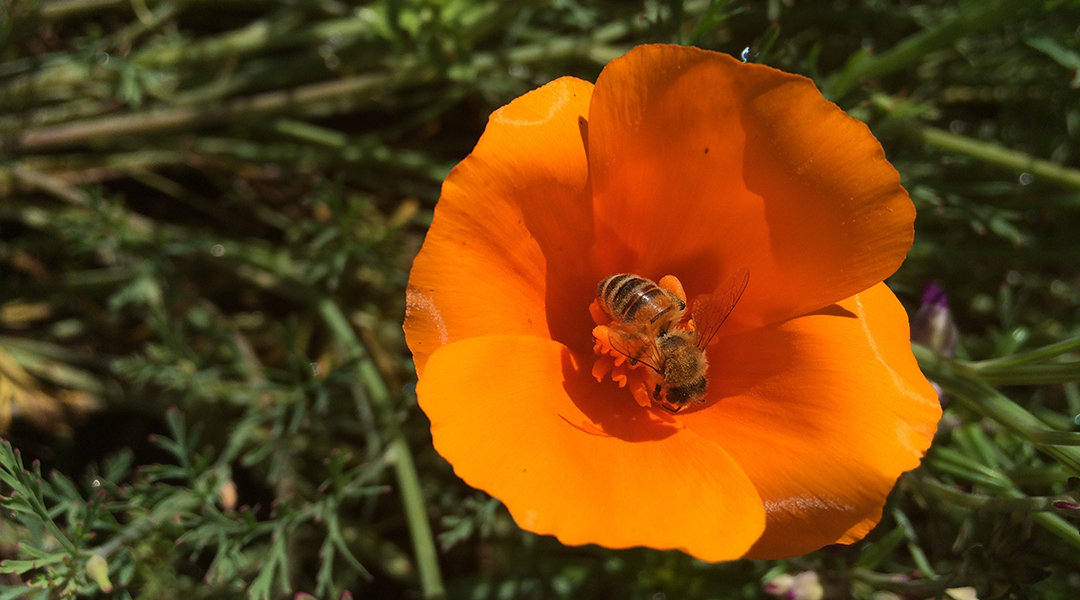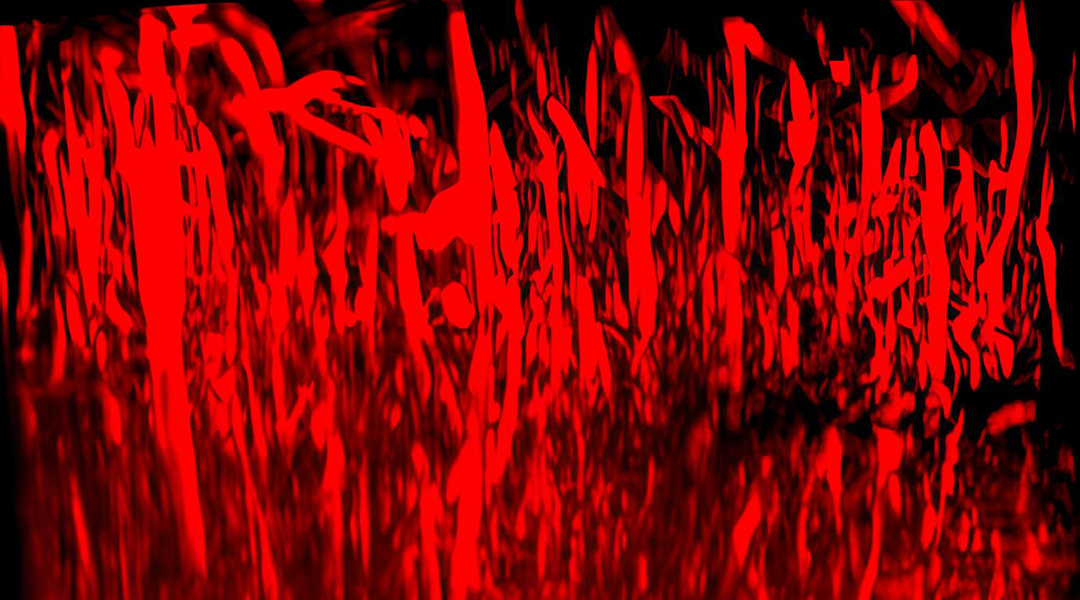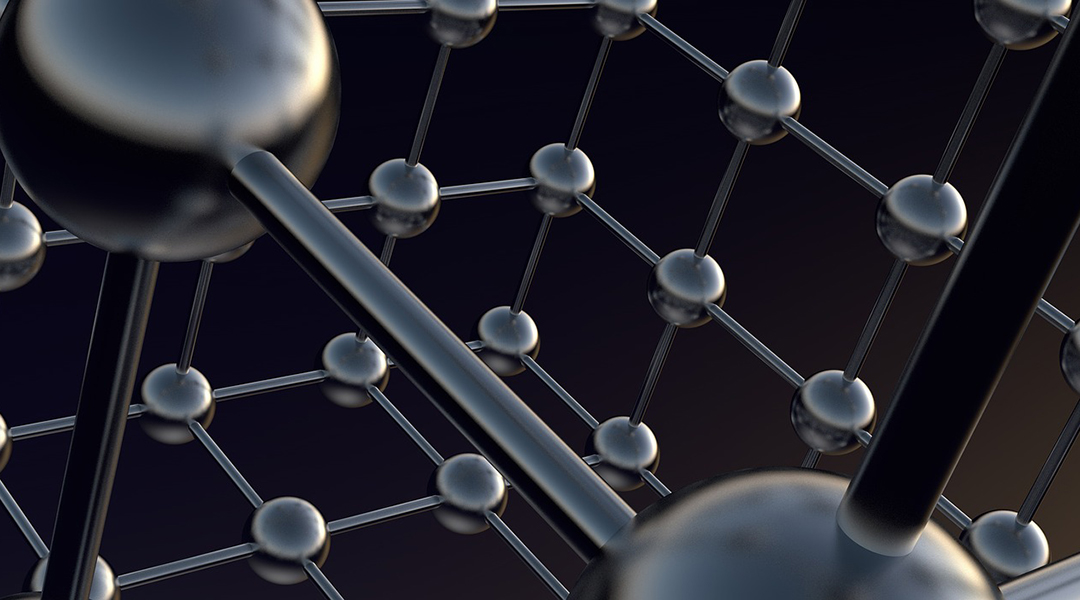Latest

Honey bees boost crop pollination, but at a cost to wild bees
Honey bees compete with wild bees for resources in croplands, but nutritious wildflower plantings can mitigate these effects.

Injectable hydrogel helps regrow blood vessels after a stroke
A hydrogel delivers therapeutic molecules to the brain after a stroke, promoting blood vessel regrowth and aiding recovery.

Metasurfaces could shrink spectrometers, transforming how we observe the Universe
Metasurfaces to detect terahertz radiation are making spectrometers smaller, lighter, and more efficient for space travel.

New malaria test “listens” to cells to make diagnosis
A non-invasive test uses a combination of lasers and ultrasound to detect red blood cells infected with malaria parasites with acoustics.

Black hole images deliver a deathblow to alternative theory of gravity
Images of the supermassive black holes wouldn’t have been possible if mimetic gravity was the right recipe for gravity.

Biowaste finds new life in energy-harvesting devices
In the future, small electronics could be powered by fallen leaves, shed fur, and other waste materials found in nature.

Click chemistry makes “switchable” drug carriers that minimize side effects
Scientists develop new drug delivery system that targets tumors then exists the body using “switchable” chemistry.
ASN Weekly
Sign up for our weekly newsletter and receive the latest science news directly to your inbox.

Red meat allergy on the rise, thanks to tick bites
An allergy to red meat known as alpha-gal syndrome is brought on by tick bites and is becoming a global issue.

Diamond helps build efficient 3D computer chips
Tackling heat transfer, diamond layers help build 3D circuits with lower power consumption, faster signaling, and increased performance.

Zwitterions speed up healing in diabetic wounds
Zwitterionic hydrogels boost healing in diabetic wounds by balancing the immune response, reducing inflammation, and promoting tissue growth.

The next big thing in tech could come from these tiny light absorbers
When the light absorbers are made very small, almost all the device performance metrics improve—but doing this is easier said than done.

Improving satellite tracking will reveal hidden sources of global carbon emissions
Greenhouse gas emissions are warming up the planet and scientists are turning their eyes to the sky to better track them down.

Misinformation spreads like a nuclear reaction on the internet
The new model simulating nuclear fission replicates the start and spread of rumors founded in misinformation.

The threat beneath our feet: How soil microbes are losing the battle against crop disease
Just like our gut has helpful microbes, so too does the soil around plant roots. But what happens when antibiotics disrupt this balance?

An advanced 3d printer is helping build reliable quantum communication
A state-of-the-art printer with nanometer-scale precision enables the production of quantum emitters, advancing secure quantum communication.

Engineered blood cells could eliminate blood type matching to solve donor shortage
Taking inspiration from plankton, researchers create engineered blood cells that are an important step toward a universal blood supply.

Bringing ancient viruses back to life
How seven ancient viruses ranging in age from 27,000 to 48,500 years were recovered from the Siberian permafrost, and what researchers hope to learn from them.

Meredith Barbee: Support your students, let them know you care about them
Meredith Barbee puts her students at the center, fostering critical thinking, independence, and skills for any career they might choose.

Alison McGuigan: Unravelling the intricacies of cellular organization
Using unique artificial microenvironments, chemical engineer Alison McGuigan is getting to the bottom of cell behavior.

Gautam Dey: From open-ended searches emerge our most transformative discoveries
Biologist Gautam Dey is deciphering the evolution of the cell nucleus to answer fundamental questions in biology.

Devin Swiner: “At the heart of what I do, I want my science to help people”
The up-and-coming analytical chemist talks social media, engaging the next generation of women in STEM, and her journey through a Ph.D.

Anonymous name change policies for a more inclusive publishing world
Following the tireless efforts of researchers and scholars, name change policies are becoming more prominent among scientific publishers, sparking hope for meaningful change.

Remote-controlled robot is changing the game for endoscopes
A new teleoperated robot makes it possible to perform endoscopes remotely, making the procedure available in underserviced regions.

Using 3D printing to treat bone infections
A new biomaterial shows unprecedented success at eliminating bacteria that cause bone infections and promote the regrowth of injured bones.

Routine test misses 70% of gestational diabetes cases
A new study urges doctors to turn to more dependable tests to prevent the development of type II diabetes in mothers and children.

Decorated nanospheres boost chemotherapy and cut side effects
Scientists are using decorated nanoparticles to precisely target tumors with chemotherapy, effectively reducing side effects.

A working quantum battery may be just around the corner
Scientists create designs for quantum batteries, which harness the potential of quantum mechanics to enhance energy storage.

AI and robotics join forces to revamp how medications are made
Scientists are speeding up drug formulation to breath new life into old medications and reduce risk of clinical trial failure.

Misinformation spreads like a nuclear reaction on the internet
The new model simulating nuclear fission replicates the start and spread of rumors founded in misinformation.

An advanced 3d printer is helping build reliable quantum communication
A state-of-the-art printer with nanometer-scale precision enables the production of quantum emitters, advancing secure quantum communication.

3D printing goes “green” with microalgae ink
A search for environmentally friendly inks led researchers to microalgae biofactories, providing a renewable biomass solution.

Improving satellite tracking will reveal hidden sources of global carbon emissions
Greenhouse gas emissions are warming up the planet and scientists are turning their eyes to the sky to better track them down.

Modern crop seeds are not ready for climate change
Traditional means farmers used to use for seed selection and preservation may help us cultivate more resilient food in a changing climate.

Nanoparticles disrupt placenta, potentially affecting fetal development
Nanoparticles disrupted the placenta’s secretion of biomolecules essential for blood vessel growth, hormone production, and immune function.

Scientists hope a new take on superconductivity could spark more advances in the field
Understanding this unique form of superconductivity is crucial and could lead to exciting applications, like functional quantum computers.

James Webb Telescope uncovers possible water on Psyche’s surface
Data gathered about the M-class asteroid challenges earlier assumptions that it is unaltered planetary core.

Warming Mars’ atmosphere with nanoparticles
Engineering mineral rich dust and releasing it as an aerosol could warm the planet and kickstart the thickening of the atmosphere.

Neutron stars could be the gateway to dark matter
Could neutron stars hold the key to observing dark matter? Researchers believe studying them might one day reveal this elusive substance.





